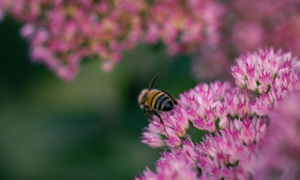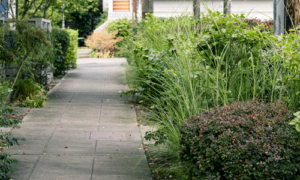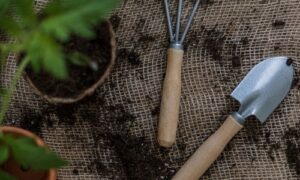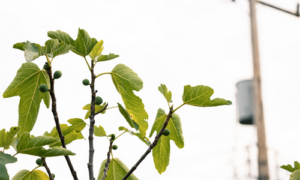Catnip (Nepeta cataria) is a perennial that thrives in much of North America and is very easy to grow. It has a clump-forming growth habit with square stems and triangular to oval, gray-green leaves with toothed edges that stretch around 3 inches long. Flower spikes appear in the late spring to early fall, bearing clusters of small blooms that are white with light purple markings.
Description from thespruce.com
Home > Plant Guide >
Scientific Name
Family
Garden Type
Wildlife
Native Plant Region
Light needs
Water Needs
Plant Type
Bloom Color(s)
Height
Width
Months in Bloom
Safe Beneath Power Lines?

We’d like to maintain accurate and robust plant listings. If you see information that is not correct or that could be added to improve the listing, please let us know. Or if you’d like to suggest a plant to add to our plant guide, you can use this form do so. Thank you!

Learn about diversifying the way architecture is taught and practiced from designers of color.

This workshop will guide you through the process and materials needed to help you decide if Mason Bees are right for you and your garden, whether you have a small deck or an open garden.

Do you want to plant a tree, create butterfly habitat, or start a vegetable garden but don’t have a yard? Learn how planting strips are a great place to start your own garden!

New types of vegetation can attract additional wildlife to an area. You might be surprised how a little green can go a long way!

Learn about the diversity in pigeon populations in the United States and the implications of this variability on the species.

Three inspiring local food justice practitioners will share how their work in urban farming improves access to healthy foods, fosters relationships to land, and builds community.
Nature of Your Neighborhood is a collaboration between Birds Connect Seattle, the Capitol Hill EcoDistrict, and the Seattle Bird Conservation Partnership. Our goal is to foster relationships between the people and the nature of their neighborhoods.